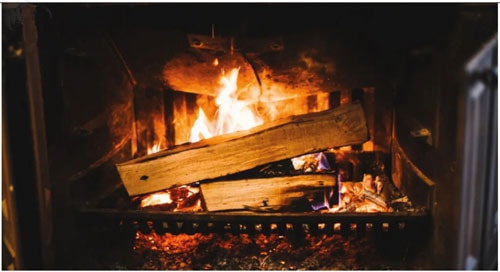Many people who use wood-burning stoves are unaware of the associated health hazards from indoor air pollution, especially for children and older adults. Cleaner, safer forms of domestic heating are now available that provide the added bonus of lower greenhouse gas emissions.
Wood burning contributes significantly to pollution and climate change. Koki Jovanovic/Stocksy The cheerful glow of a wood-burning stove creates a cozy atmosphere on a cold winter’s night, but the aesthetic appeal of wood burners comes at a high price for human health.
The Environmental Protection Agency (EPA) warns that wood smoke is largely responsible for poor air quality during winter months in many residential areas across the United States.
Burning wood, in addition to producing toxic gases such as nitrogen oxides and carbon monoxide, also generates tiny, solid particles called particulates.
“The particle pollution is especially dangerous because these particles are so tiny that they can travel deep into the lungs, causing irritation and inflammation,” said Dr. John M. James, medical specialist and spokesperson at the Asthma and Allergy Foundation of America.
“Immediate exposure can cause coughing, wheezing, shortness of breath, chest tightness, and asthma attacks,” he told Medical News Today.
“Chronic exposure can lead to an overall decline in lung function and chronic bronchitis,” he added.
According to the EPA, particulate matter (PM) can also cause heart attacks, stroke, irregular heart rhythms, and heart failure, especially in people who are already at high risk for these conditions.
“Wood smoke can irritate your lungs, cause inflammation, affect your immune system, and make you more prone to lung infections, likely including SARS-CoV-2, the virus that causes COVID-19.”– Environmental Protection Agency The smaller the particulates, the more easily they pass from the lungs into the bloodstream and throughout the body.
The most harmful particles are therefore less than 2.5 micrometers (thousandths of a millimeter) across and are known as PM2.5.
In addition to domestic wood-burning, other sources of PM2.5 include power stations, the engines of motor vehicles, and rubber tires as they wear down.Multiple health effects The particles lodge in the lungs, heart, brain, and other organs, where they can have serious impacts on health, especially for vulnerable individuals such as children, older adults, and people with pre-existing conditions.










